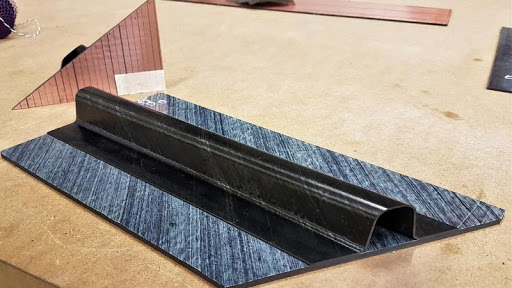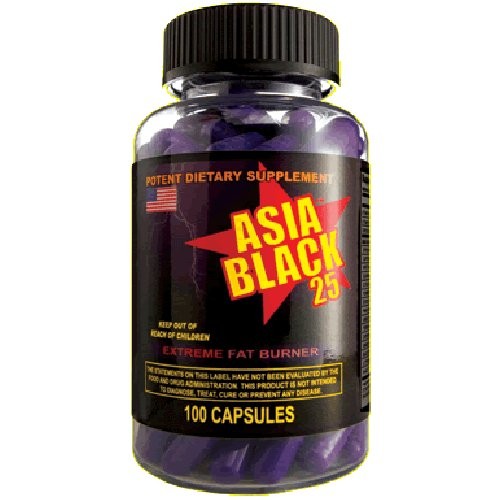Thermoplastics are ideal for injection molding. These plastic polymers possess unique physical properties that allow them to be shaped and recycled when heated without negatively altering their natural properties. Thermoplastics are utilized for a variety of applications in a variety of industries due to the fact that they can be used to easily and quickly mass manufacture products. Areas where thermoplastics are used include food, clothing, medical equipment, packaging and the aerospace industry. Thermoplastics may also be welded. What exactly is involved in performing thermoplastic plastic welding services though? Here are the three main stages of thermoplastic welding in sequence.
Surface Preparation
The first step in the thermoplastic welding process is surface preparation. There is a condition that must be met to ensure the welding does not fail. The pieces or ends of plastic that are to be joined together by welding must be clean. In surface preparation, both pieces/edges are gently cleaned with warm water and a soft cloth or sponge (no cleansers like soap).
Heat and Pressure Application
Next, heat and pressure are applied in a consistent matter along the seam where the two sections or edges are to be joined. This causes the sections or edges to melt and mold together, becoming one.
Cooling
Finally, after heat and pressure have been applied, the welded piece undergoes cooling; it must be allowed to cool completely. Skipping the cooling step can lead to breakage, as the plastics remain vulnerable to molding and splitting while still heated.
There you have it, a simple intro to the three steps involved in welding thermoplastics (other plastics may also be welded using these steps). While thermoplastic welding may seem simple from this article, the actual process is more complicated than it sounds and is best performed by a professional trained in plastic welding as plastic is easy to deform.



